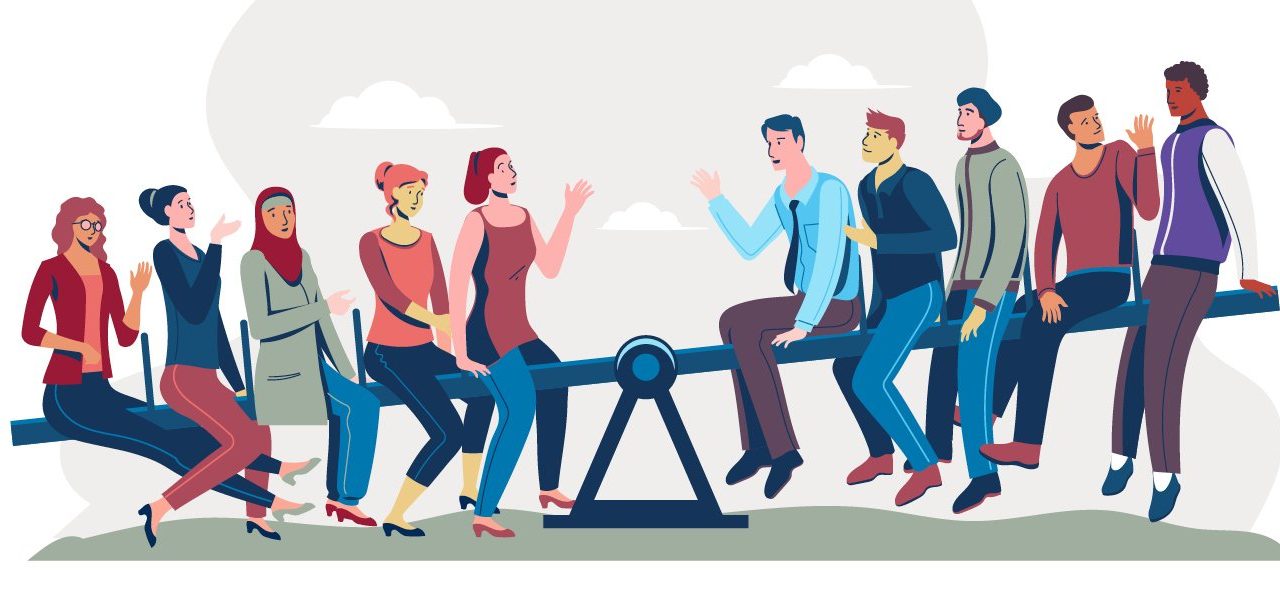By mid-July 2021, Germany had around 92,000 Corona deaths and about 800 to 900 new cases per day. Most discussions centered around two issues, a summer holiday in southern Europe and the expected coming of the fourth wave which is widely expected to arrive in fall.
Germans can get vaccinated at special vaccination centers, their GP’s office and at workplaces. The preferred vaccine is the locally developed Mainz-based BioNTech – commonly known by its mass manufacturer’s name Pfizer. Vaccination protects those who do not even know that they have the virus.
A recent study in Germany found that up to 40% of Germans infected with the Covid-19 (also known as Corona virus and SARS-CoV2) did not know about their infection. The same study also found that a particularly vulnerable group are workers with lower socio-economic status. They also tend to have a lower vaccination rate. Collecting data from 10,250 people aged 25-88 early in 2021, about 3.7% were diagnosed with SARS-CoV-2 by the beginning of April.
This study also showed that men were more likely to be unknowingly infected. So were older men rising to 63% among them were 75-88 year olds. Interestingly, of those who regularly wore mouth-nose protection, people had a 34% lower risk of getting infected with SARS-CoV-2. As one might expect, German workers in home offices had an even lower (31%) risk of infection compared to non-home office workers.
Whether home office or not, the number of people living in a household remains important. The proportion of SARS-CoV-2 infection is about 30% higher in households where four or more people live together, compared to a two-person household. This applies particularly to people with lower socio-economic status. Their risk of infection is higher, not due to their behavior but, more because of their living conditions.
Yet, a key issue remains due to precarious working and housing conditions. Workers living in crammed living conditions are 1.6 times more likely to get infected. The study also found that because of the Coronavirus pandemic and neoliberal labor market de-regulation (read: pro-business regulation), the average net income has fallen for around 16% of German workers.
In turn, this affects lower-income households more strongly. This is the group of German workers who is most at risk of poverty. Overall, income has fallen for more than one in four German workers. By comparison, high-income workers experienced less income losses. In the top wages earning class, only one in six workers had lost an income. The option of home office is also disproportionally open to those workers.
Overall however, the Corona crisis poses challenges for working women and men. Sustained patterns are likely to emerge fostering inequality in Germany’s labor market for the Corona years of 2020 and 2021. An apparent short-term progress in closing the gender pay gap may face a very real possibility of worsening. This will hit working women. Furthermore, the traditional distribution of unpaid child care is solidifying in some families – women have been locked into traditional gender roles.
On the upswing, for some German workers, a few new opportunities for a fairer distribution might have opened up during the Coronavirus pandemic. A recent study by the trade union-affiliated Institute of Economic and Social Sciences (WSI) found that for some German workers, the income gap between men and women may have indeed become somewhat smaller due to the Coronavirus pandemic.
Yet, this had little to do with real improvements for female workers. Instead, it had more to do with the fact that in the first wave of the pandemic, more men than women became unemployed. These workers were partly laid-off with a reduced weekly working time. This meant that the income of men came under greater pressure.
This might have also reversed some labor market improvements. In addition, married women often receive lower state benefits because of a splitting of government support between spouses. This applied to unemployment, as well as state payments and compensation for reduced weekly working time.
Crucially, the corona crisis also revealed a strong gender inequalities. In about 75% of working class families, the traditional distribution of childcare – mostly taken up by women – did not change during 2020. Yet within the last 12 months, a number of fathers who have spent more time caring for children has actually increased.
Largely, it is because of two factors: firstly, many fathers were put on shorter working hours and secondly, many were able to move into home office. Overall however, there is much to suggest that gender inequality structures that existed before the Corona crisis have worsen during the crisis. This led to growing gender inequality.
The Hans Böckler Foundation’s (HBS) recent labor force survey conducted in April, June and November 2020 (representing 7,600 workers) found that the gender pay gap in Germany – currently at 19% – remains rather large even on a Europe-wide comparison. At first, researchers thought that it might be rather likely that the gender wage gap might close a bit.
A major reason for this is the fact that, unemployment had risen significantly stronger among men than among women. At the same time, more male employees were put on a reduced weekly working time. Both rather negative factors had a greater impact on average hourly wages for men than for women.
Yet, in the segment of workers employed in precarious mini-jobs, female employees were more strongly affected by unemployment that rose significantly during the Coronavirus pandemic. In addition, reduced weekly working time and unemployment tend to have a more negative impact on earnings for some female employees than for many male employees. This has two main causes:
- the amount of reduced weekly working time allowance paid by the state, as well as state unemployment benefit is measured according to net income. This is lower for many women; and,
- women are less likely to receive a company-based compensation for wages lost because of reduced weekly working time. This seems to be more often paid to men in full-time employment rather than women working part-time.
According to the labor force survey, almost 48% of workers on reduced weekly hours benefited from this but, only 36.5% of part-time workers (females) received such benefits. This is also because of the fact that, women are less likely to work in companies with trade union-negotiated collective bargaining agreements. Women also tend to work in companies with no trade union’s representation or low union membership.
In the course of the corona crisis, many of these unequal conditions experienced by the vast majority of working class families have not changed. Around 75% of respondents to the HBS’ survey with secure jobs and dependent children said that, the traditional distribution gender roles remained unchanged. This means that childcare arrangement remained the same – just as they were before the pandemic had started.
Only 7% showed a change in a traditional division of labor when it came to childcare. In most cases, women took over the largest share of additional childcare needs which came in the wake of widespread school closures.
On the other hand, 12% reported that childcare in their households became more balanced during the Coronavirus pandemic. In a further 5%, a reversal of traditional roles occurred. The fact that fathers took on more childcare appeared to be a short-term adaptation to an emergency.
Nevertheless, this might still represent a certain “modernization” of the division of labor when it comes to childcare. This often arose when fathers spent more time at home because of a move into the home office. More often than not, this meant the bedroom or the kitchen table. Just as the Irish Times noted, don’t do it on the kitchen table. To secure a more equal gender balance during and after the Coronavirus pandemic, trade union-affiliated researchers developed seven urgent recommendations to combat the negative impacts of the Coronavirus pandemic on workers:
- Ensure the availability of state-based childcare. This also safeguards more stability during a health crisis like the Coronavirus pandemic.
- Promote company-based work-life balance so, that mothers and fathers are able to pursue their employment even in times of crisis. Company cultures should recognize family obligations. Work organizations can support flexible work arrangements through sufficient staffing.
- Stronger emphasis on state-based support for workers on reduced weekly hours need to be introduced. Furthermore, Germany’s taxation system needs to be adjusted to reflect these workplace changes.
- Upgrading the status, wages and working conditions of frontline service workers. This seeks to eliminate the structural under-evaluation of human service workers such as, for example, nurses. These facts have become very clear during the Coronavirus pandemic. The performance of essential frontline workers should socially and financially be recognized and enhanced.
- Reform of the tax system to support working families – rather than corporations.
- Expansion of parental allowance. This will promote an egalitarian distribution of childcare in the long-term.
- Finally, expanding the 30-hour working week. The promotion of the 30-hour working week could prevent job cuts and, at the same time, promote equality between women and men.
This article was published on 12 July 2021 at Zcomm.
Photo: (source: The Barricade)
The Barricade is an independent platform, which is supported financially by its readers. If you have enjoyed reading this article, support The Barricade’s existence! See how you can help – here!
Also, you can subscribe to our Patreon page. The Barricade also has a booming Telegram channel, a Twitter account and a YouTube channel, where all the podcasts are hosted. It can also be followed in Rumble, Spotify, SoundCloud and Instagram.











